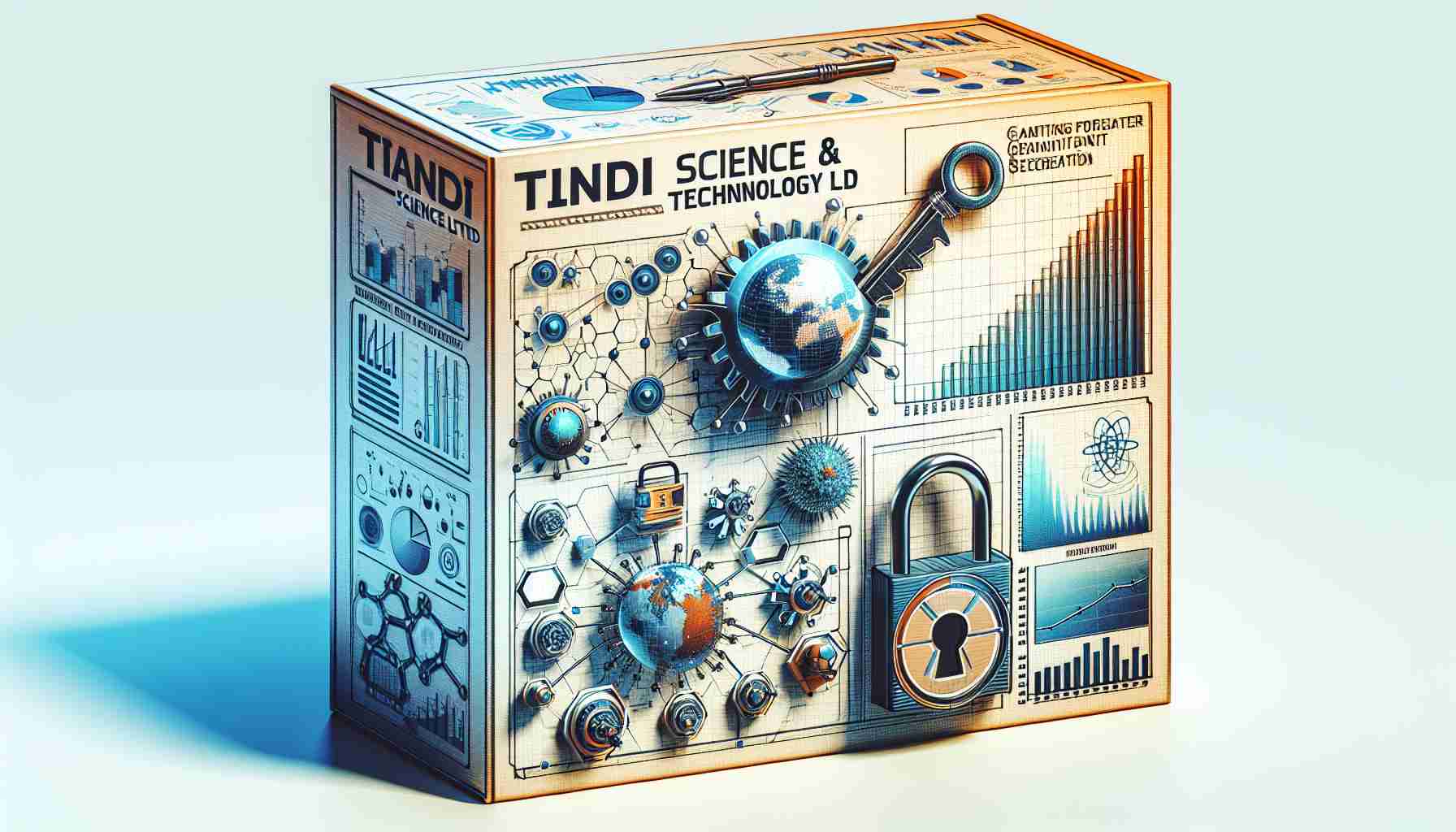A groundbreaking new approach to pediatric cancer treatment has been unveiled by leading researchers in the field. Instead of traditional chemotherapy, a revolutionary investigational drug named Silmitasertib (CX-4945) is at the forefront of a Phase I/II study targeting children and young adults with relapsed or refractory solid tumors.
This innovative trial, spearheaded by the Penn State Health Children’s Hospital and the Beat Childhood Cancer Research Consortium, aims to determine both the safety and effectiveness of Silmitasertib in treating a variety of pediatric cancers, including neuroblastoma, Ewing sarcoma, and osteosarcoma. By inhibiting CK2 activity, a key kinase responsible for sustaining the growth of cancer cells, this new drug presents a promising avenue for combating these challenging diseases.
One of the primary focuses of this research is on neuroblastoma, the most prevalent solid tumor in young children, with a particularly high mortality rate. Through the potential application of Silmitasertib as a therapeutic option, there is newfound hope for improved outcomes in the battle against this aggressive cancer.
Moreover, the implications of this study extend beyond current treatments, with plans to seek Orphan Drug Designation and Rare Pediatric Disease Designation for Silmitasertib. These designations could not only accelerate the drug development process but also pave the way for expedited reviews and enhanced accessibility for patients in need.
In a bold leap towards transforming pediatric oncology, this cutting-edge research signifies a significant stride towards a brighter future for young cancer patients.
New Discoveries in Novel Cancer Treatment for Pediatric Patients
In the realm of pediatric oncology, recent advancements have shed light on innovative approaches to cancer treatment, particularly focusing on the development of novel therapies tailored to children and young adults battling solid tumors. While the introduction of Silmitasertib (CX-4945) marked a significant leap forward in the field, there are several key questions and considerations that warrant attention to fully understand the implications of this groundbreaking treatment.
Key Questions and Answers:
1. What sets Silmitasertib apart from traditional chemotherapy in pediatric cancer treatment?
Silmitasertib functions by inhibiting CK2 activity, a critical kinase essential for cancer cell growth. Unlike conventional chemotherapy, this targeted approach shows promising results in combating relapsed or refractory solid tumors in children and young adults.
2. What are the primary challenges associated with implementing novel cancer treatments like Silmitasertib?
One major challenge lies in ensuring the safety and efficacy of the drug, especially in pediatric populations with unique physiological differences. The need for thorough clinical trials to establish the long-term effects and potential side effects remains a critical aspect of introducing such innovative therapies.
Advantages and Disadvantages:
While the unveiling of Silmitasertib brings newfound hope for improved outcomes in pediatric oncology, it also comes with a set of advantages and disadvantages:
– Advantages: The targeted nature of Silmitasertib could lead to more effective treatment outcomes with potentially fewer side effects compared to traditional chemotherapy. Moreover, seeking Orphan Drug Designation and Rare Pediatric Disease Designation could expedite the drug development process and improve accessibility for patients in need.
– Disadvantages: The complexity of developing and testing novel drugs for pediatric cancers poses challenges in terms of regulatory approvals, long-term safety monitoring, and affordability for broader patient populations. Additionally, the response variability among individual patients remains a critical factor in assessing the overall effectiveness of Silmitasertib.
In conclusion, the unveiling of Silmitasertib for pediatric cancer treatment marks a significant milestone in the quest for more targeted and efficacious therapies. While the journey towards transforming pediatric oncology is paved with potential benefits, it is essential to address the challenges and controversies to ensure the safe and sustainable integration of such innovative treatments.
For further insights and updates on pediatric cancer research and treatment, visit CancerResearch.org.
—
This article presents new insights and perspectives on the topic of novel cancer treatment for pediatric patients, delving into important questions, challenges, advantages, and disadvantages associated with the groundbreaking approach using Silmitasertib. Include a suggested related link to a reputable domain for readers to explore more about pediatric oncology advancements.















